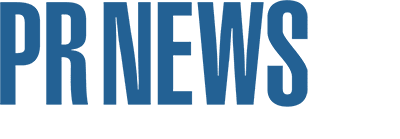Media Campaigns Hinge on Thoroughness and Timing
Product tours can seem like one of the most obvious ways to attract media buzz and get your company some publicity, but putting on successful product tours has become a skill that relies on allocating the right amount of money (costs begin at $5,000) and making sure your product demonstration reinforces your messages.
That advice comes from the Software Publisher's Association's "PR Do's & Don'ts" new manual.
| Tracking Media | |
| Have you ever wondered how much Americans rely on TV as an information and entertainment source? We thought you might find this historical look at how TVs have penetrated U.S. households as a reason to keep broadcast pitching on your PR priority roster. | |
| TV Sets Per Household | |
| 1987: 1.86 TV | 1988: 1.90 |
| 1989: 1.94 TV | 1990: 2.10 |
| 1991: 2.08 TV | 1992: 2.09 |
| 1993: 2.15 TV | 1994: 2.24 |
| 1995: 2.28 TV | 1996: 2.36 |
| Time Spent Watching TV Every Day | |
| 1987: 7 hrs., 1 min. | 1988: 7 hrs., 3 mins. |
| 1989: 7 hrs., 1 min. | 1990: 6 hrs., 53 mins. |
| 1991: 7 hrs. , 00 min. | 1992: 7 hrs., 5 mins. |
| 1993: 7 hrs., 13 mins. | 1994: 7 hrs., 16 mins. |
| 1995: 7 hrs., 15 mins. | 1996: 7 hrs., 19 mins. |
|
Sources: TVB & Nielsen |
|
Any company, whether a dabbler in software products or leader in another industry, should be able to glean some worthy tips from this guidebook. What follows is an outline on conducting product tours to help you cinch top-notch media relations:
Follow that with e-mail confirmations that outline the date, time, presentation length and product you are reviewing.
You want to be able to explain the differences between your products and your competitors' goods. Strive for objectivity when you're discussing the competition.
